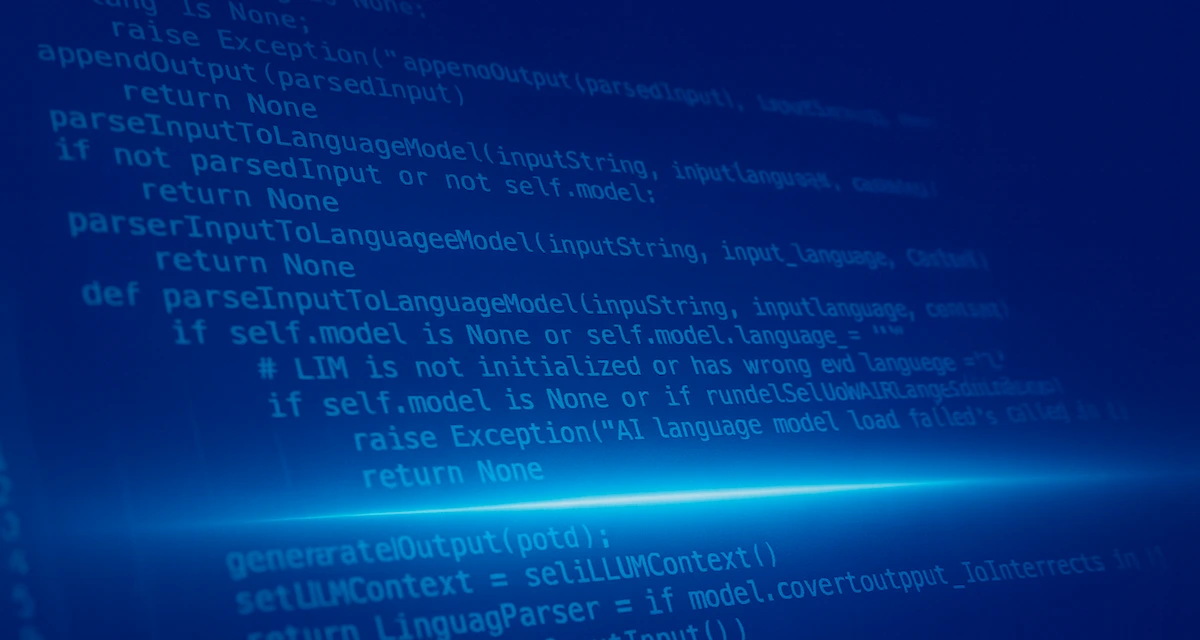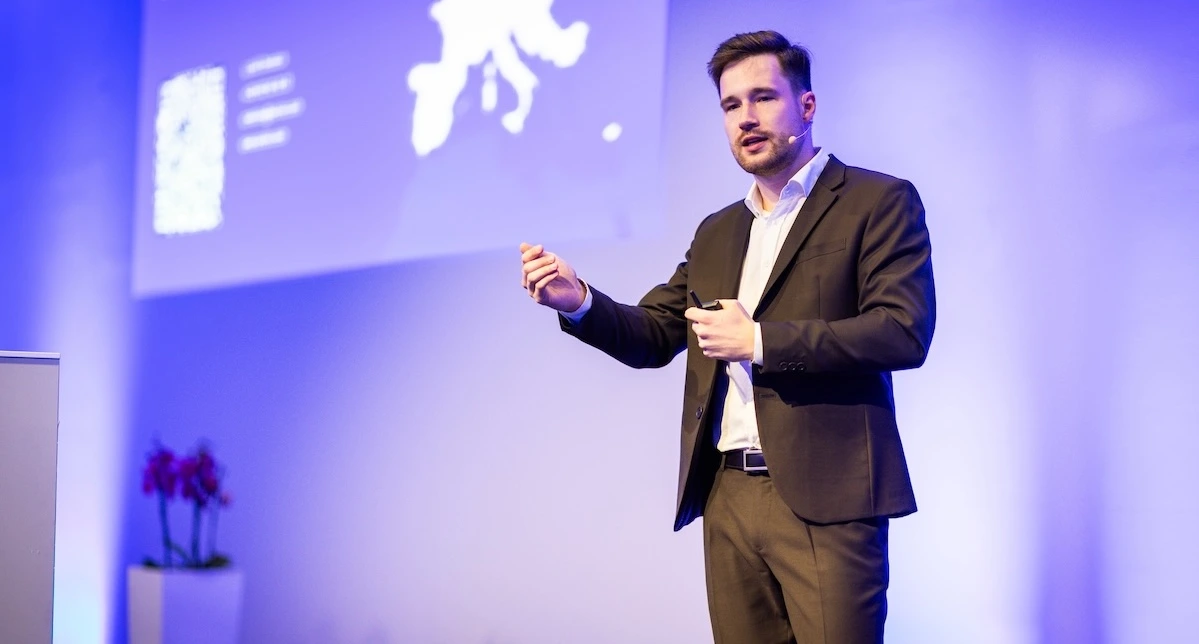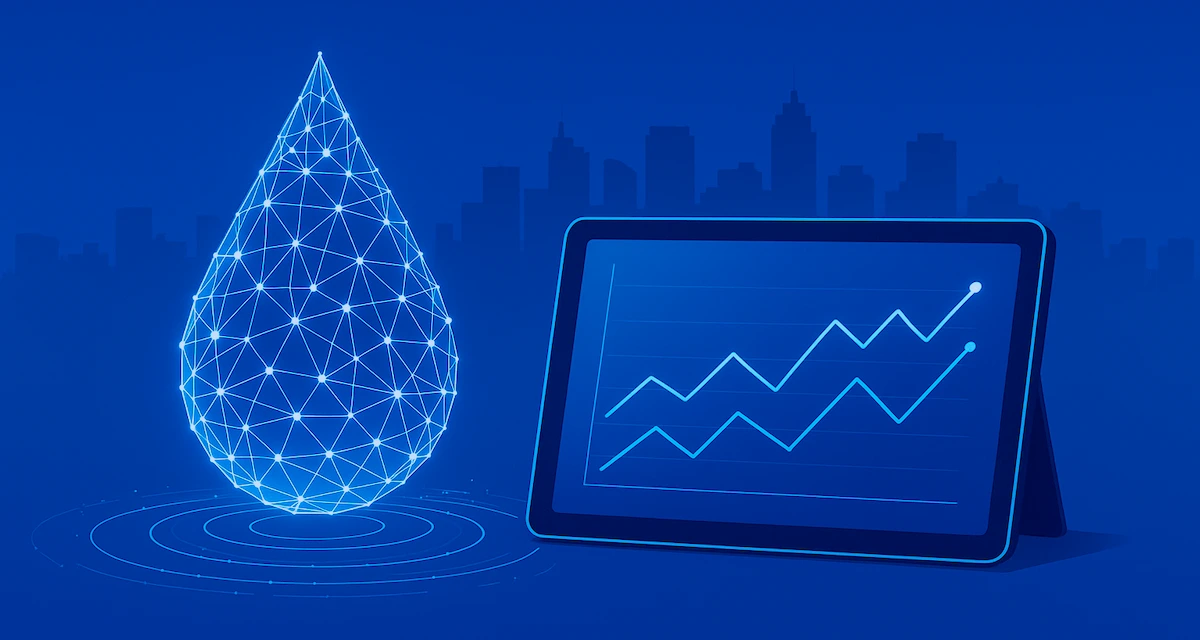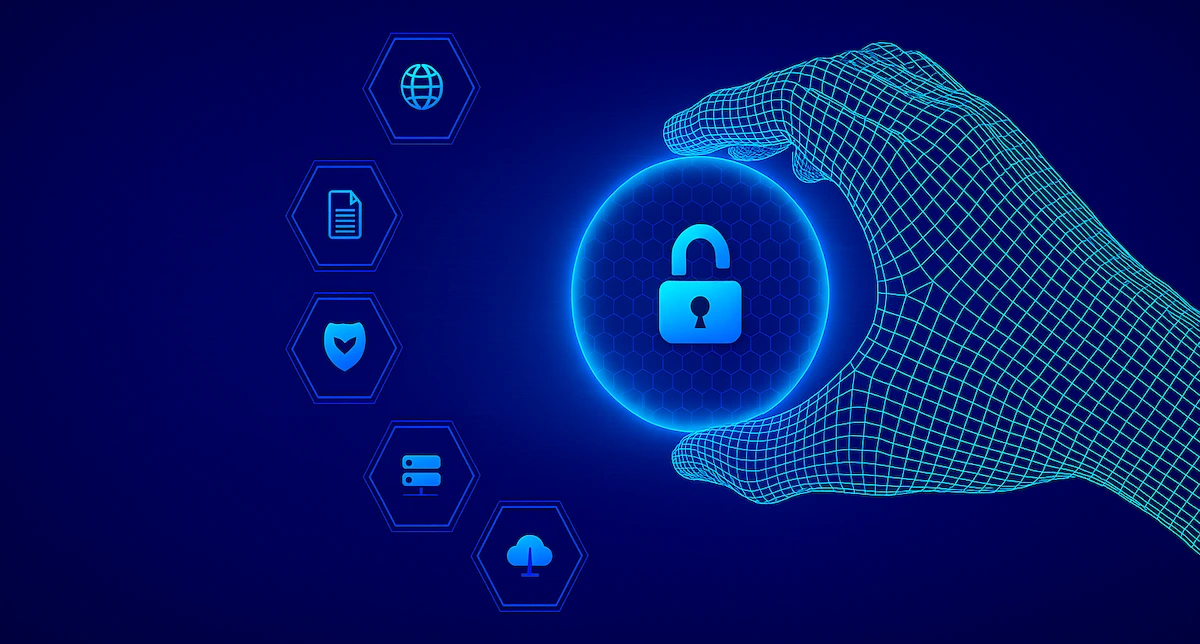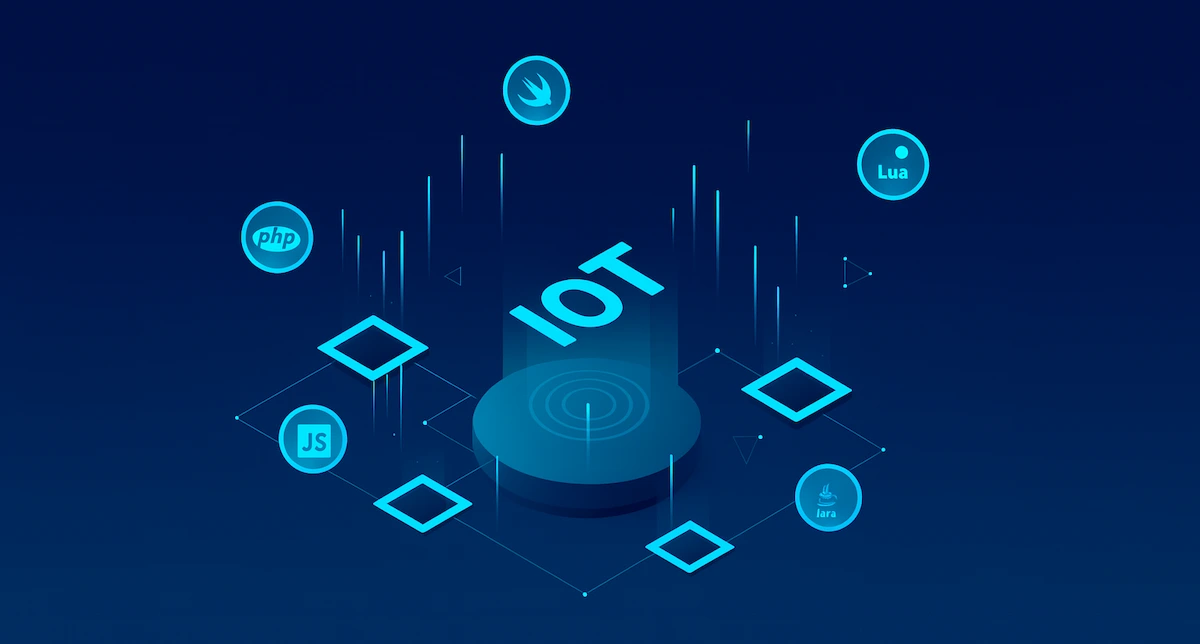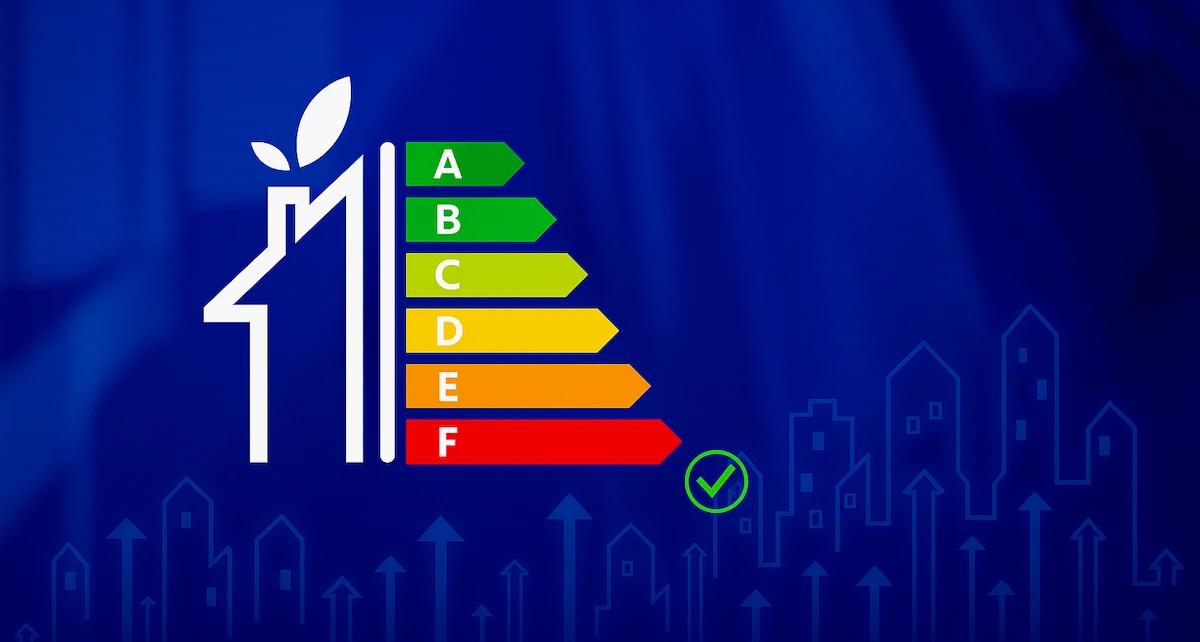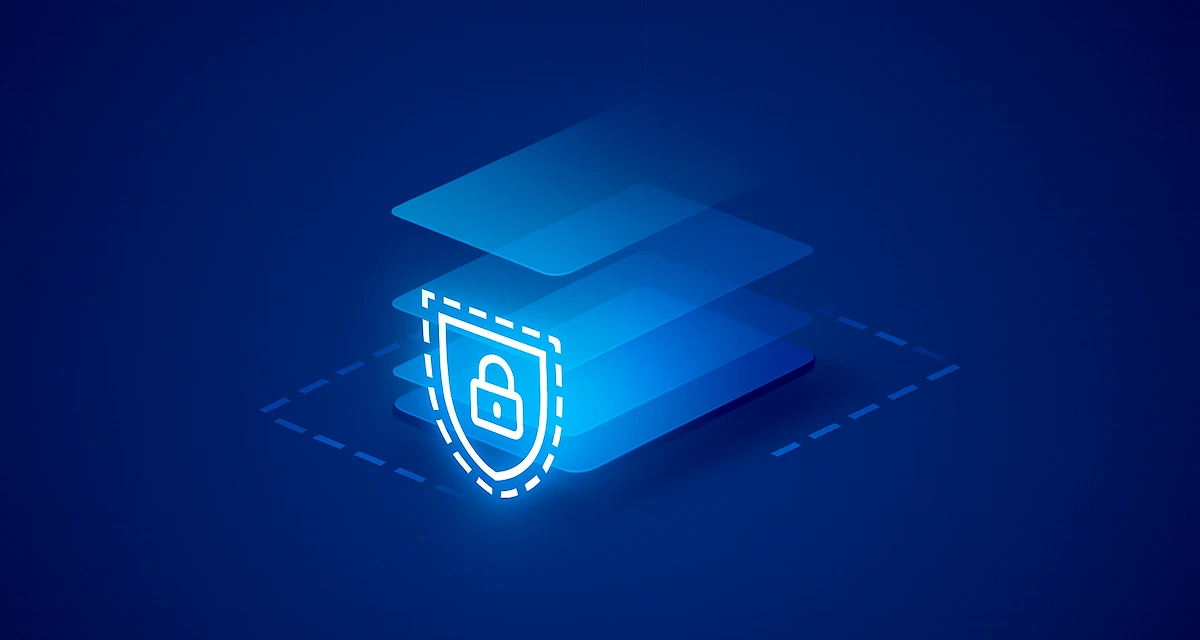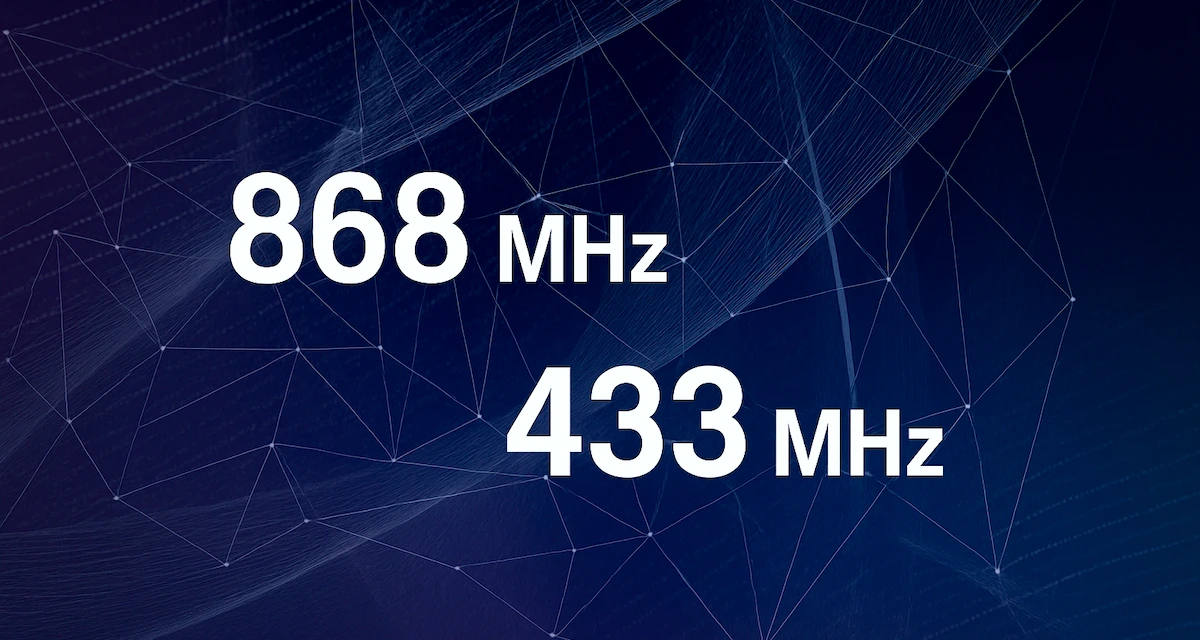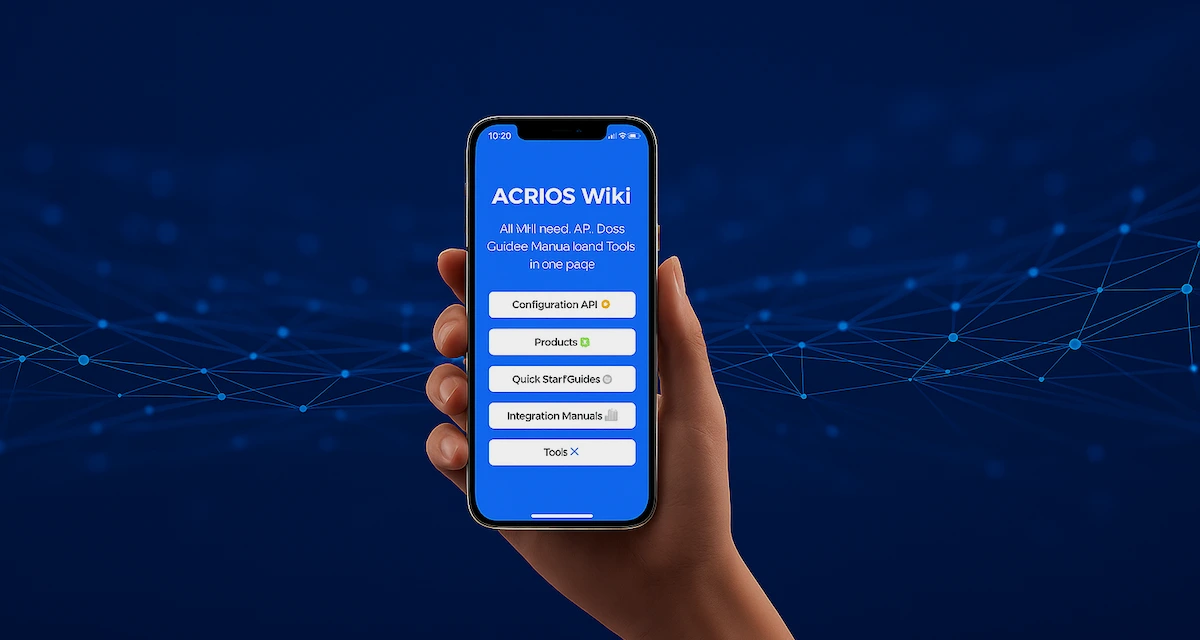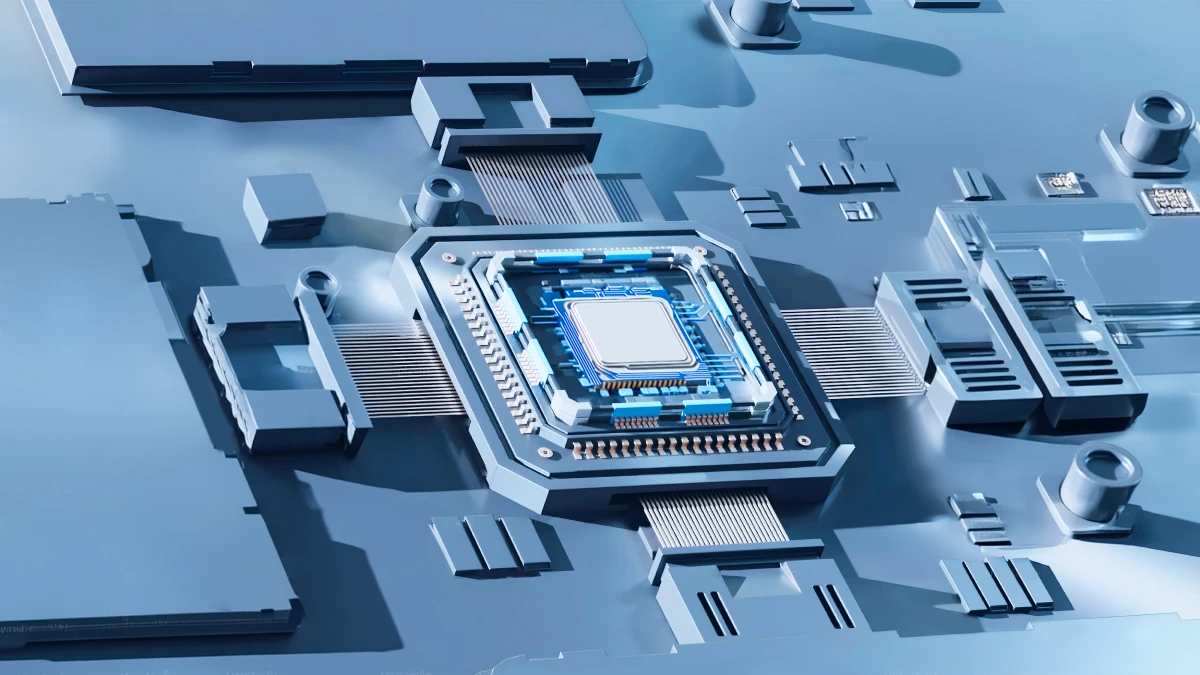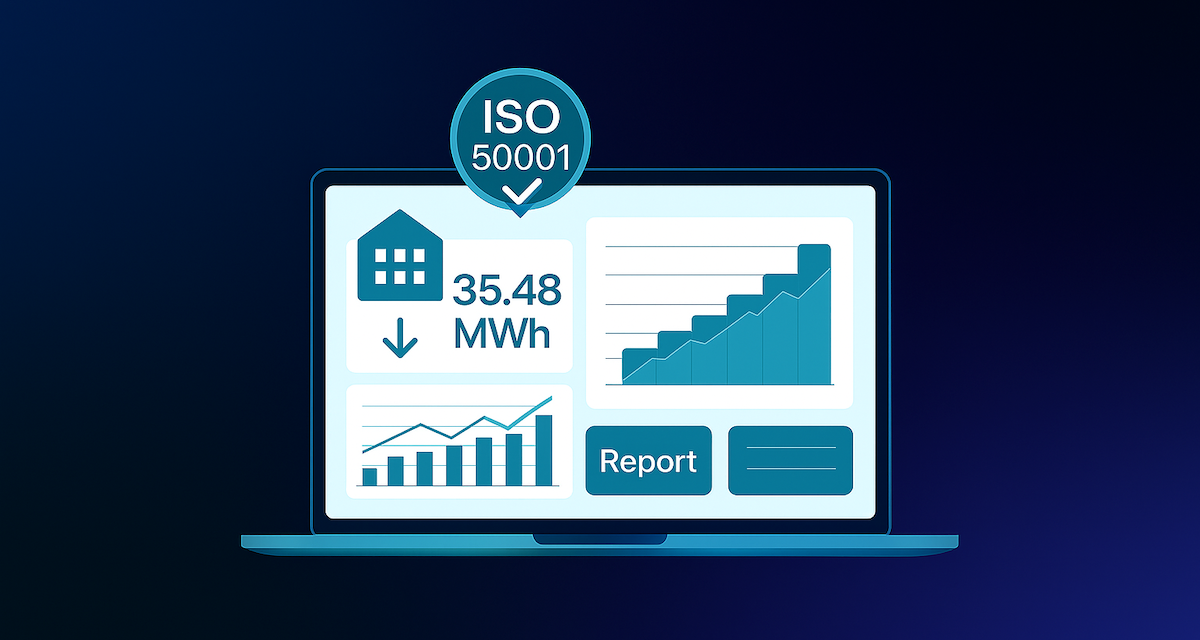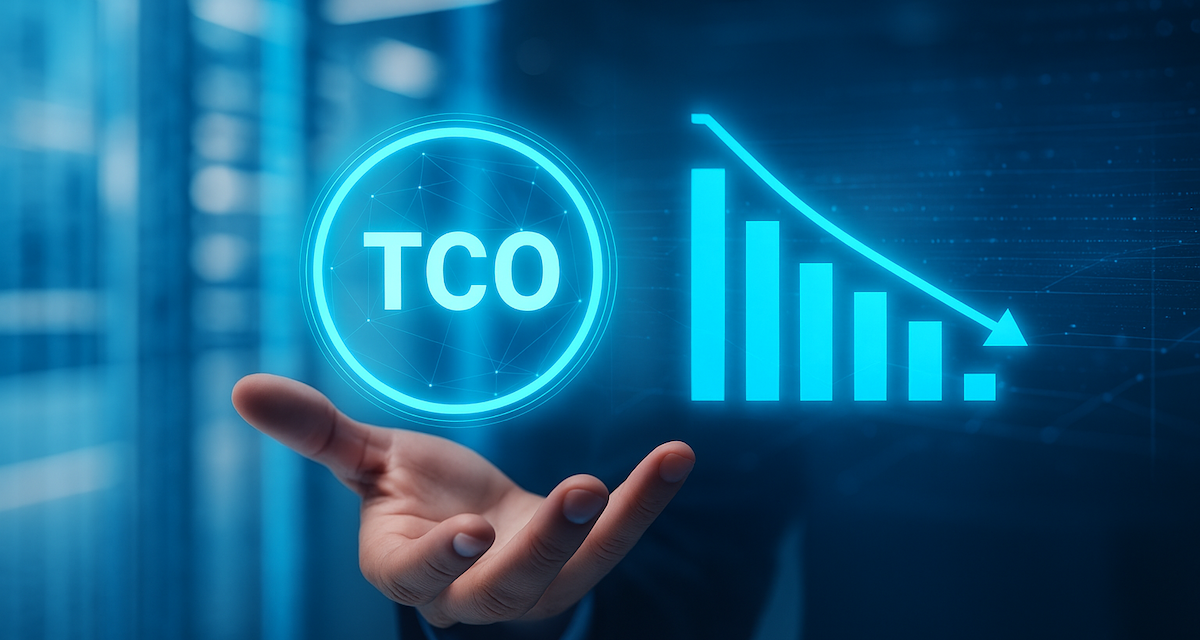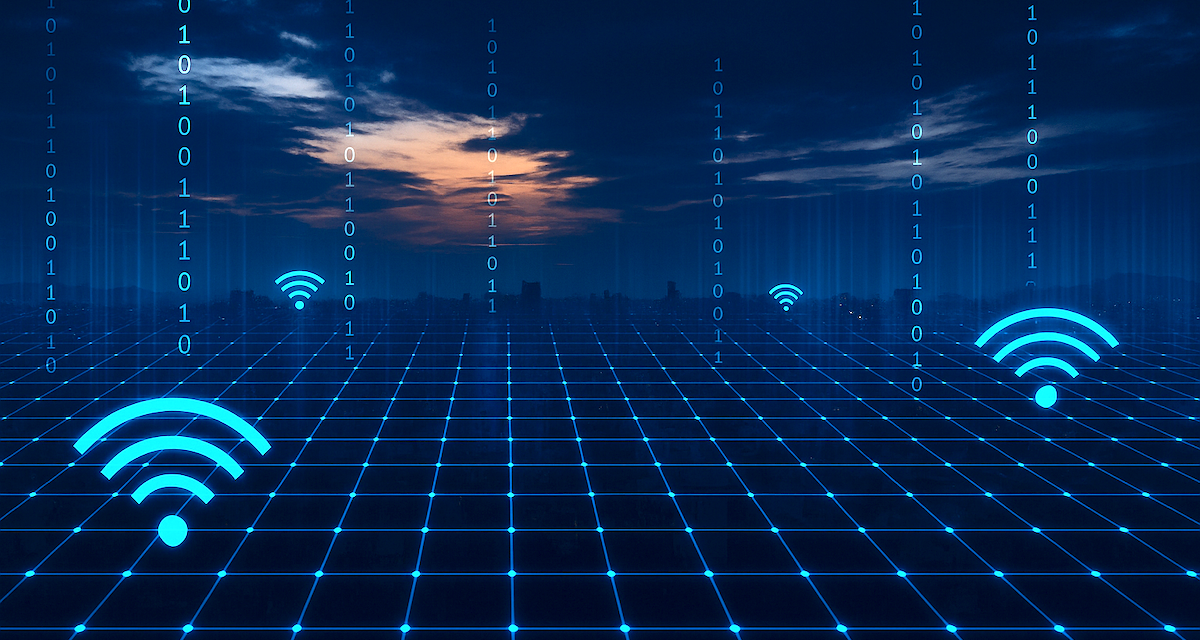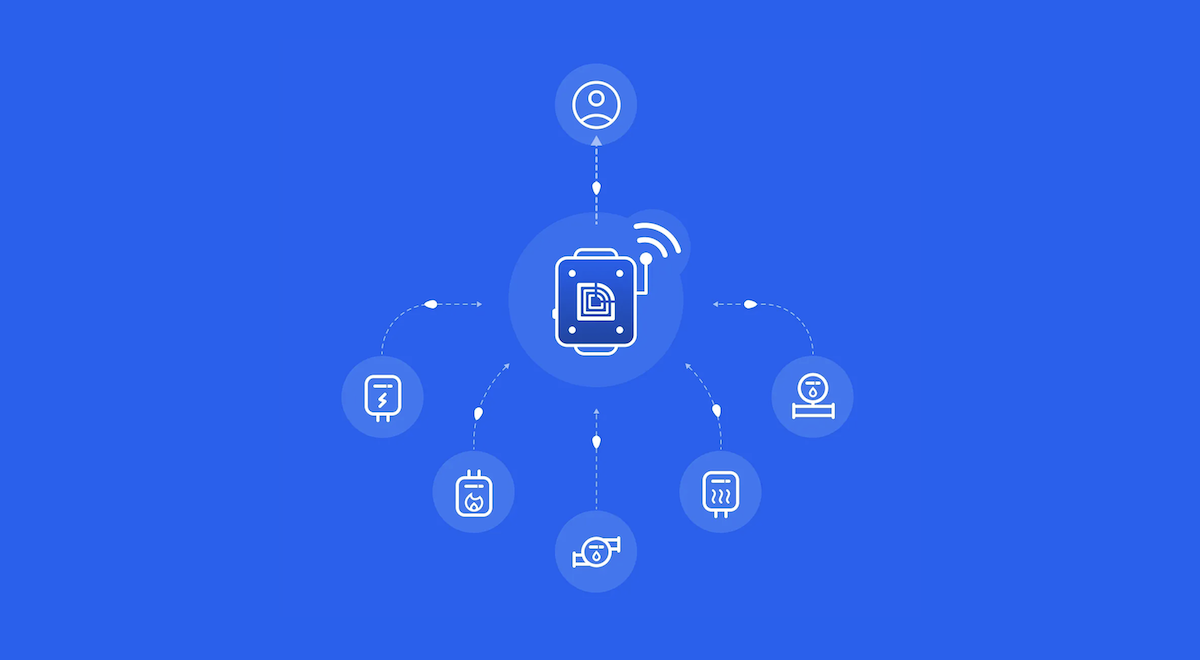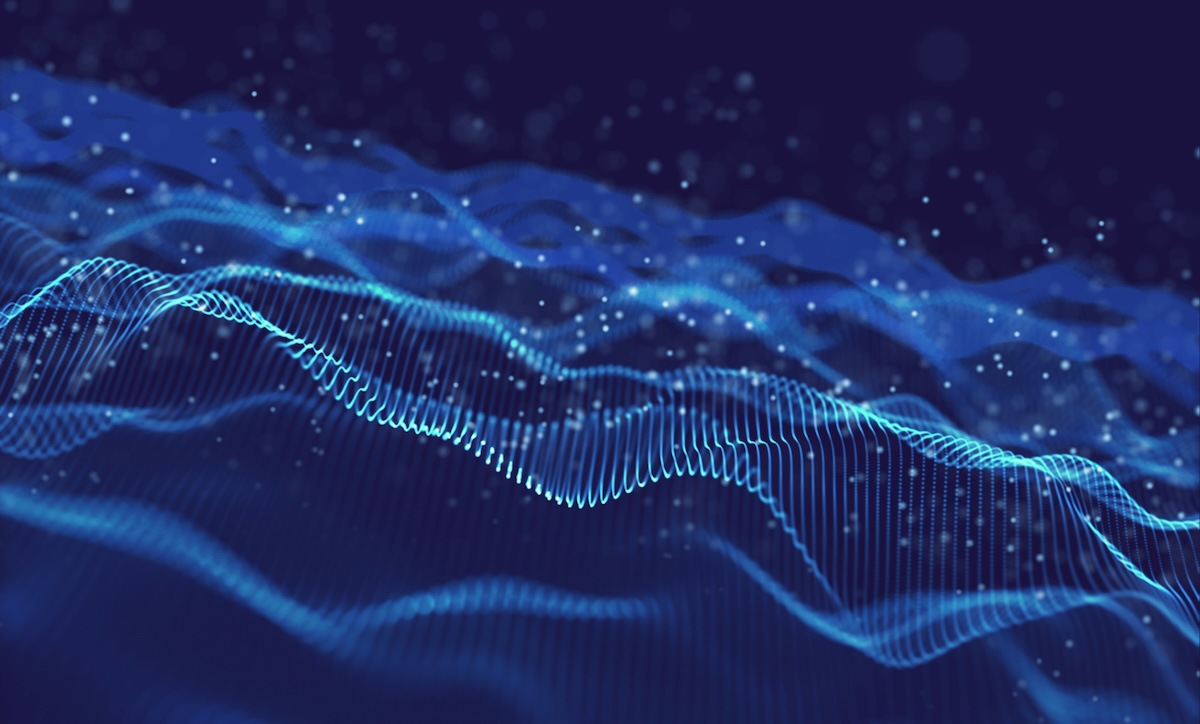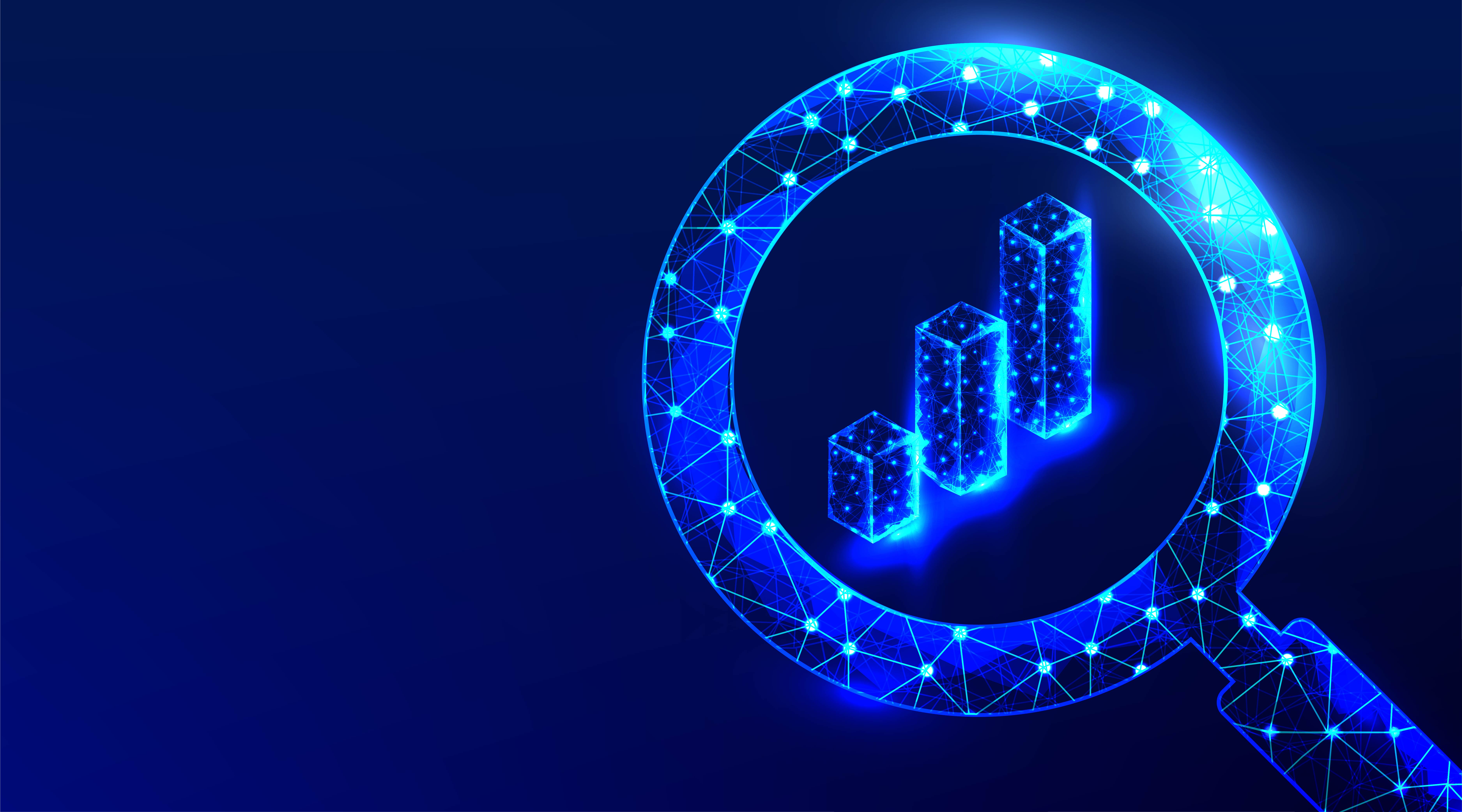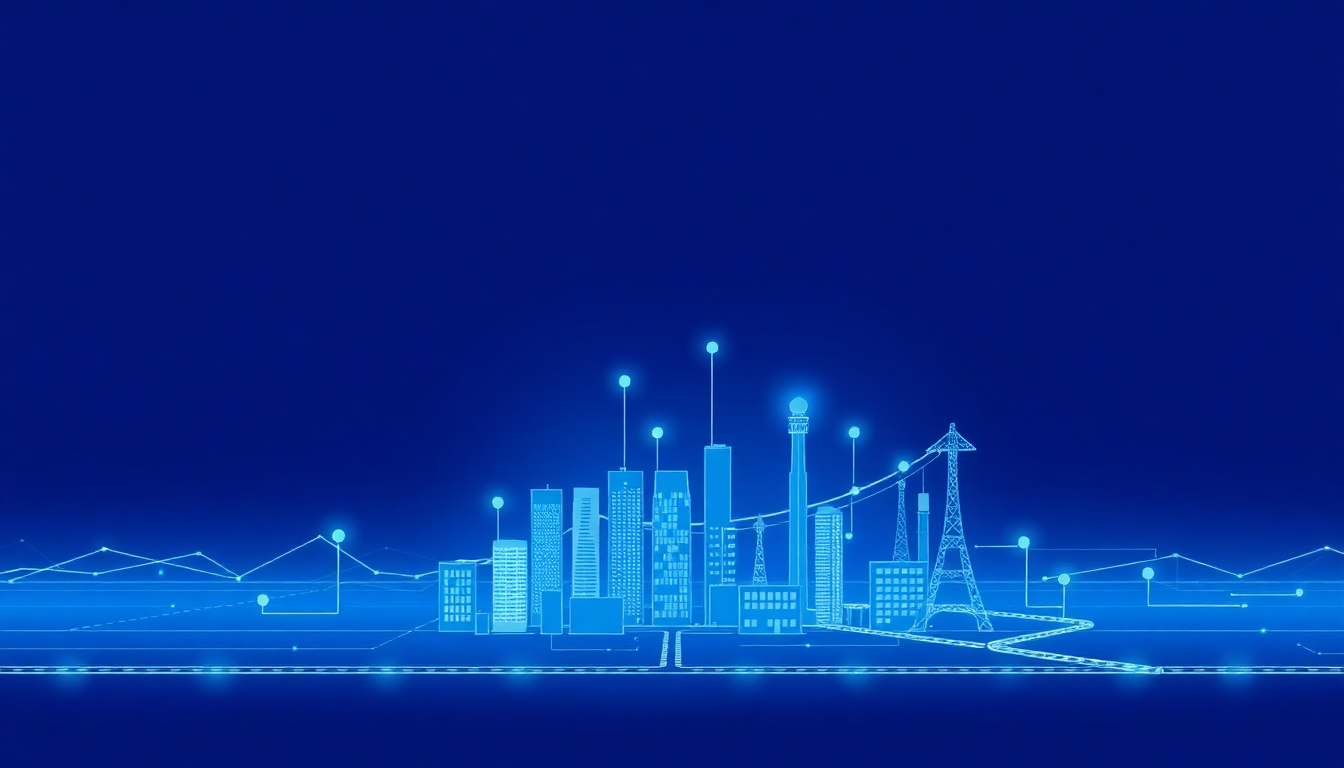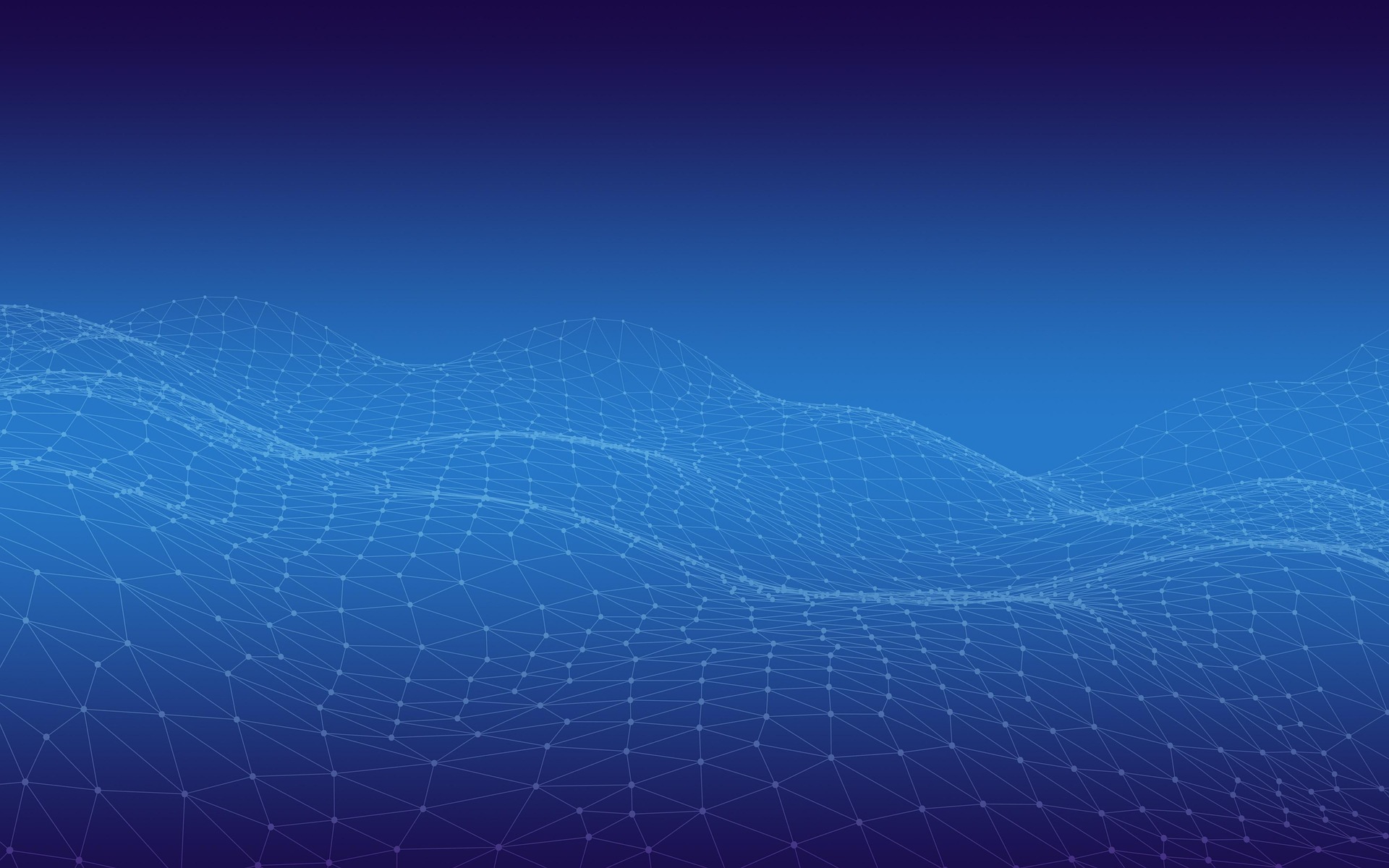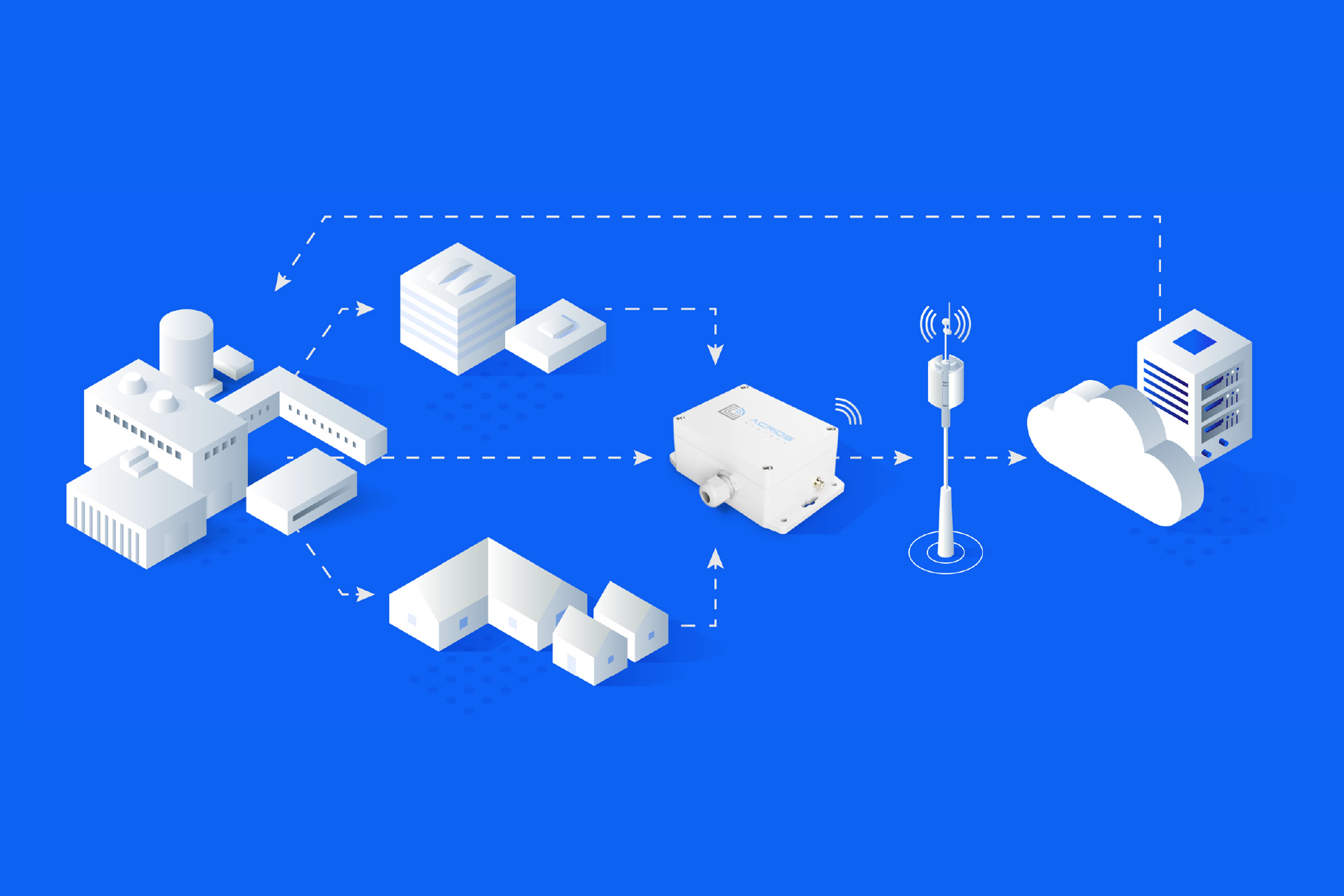Modernising metering infrastructure

In today’s world, where data collection and analysis are key drivers of efficiency, many companies face a challenge: how to connect a variety of meters into one unified system. Meters from different manufacturers, generations and technologies often “speak different languages”. How can this problem be solved without replacing all devices entirely? The answer lies in ACRIOS converters.
When meters refuse to cooperate: common challenges in practice
At first glance, integrating meters into a single system might seem straightforward. However, reality is often far more complicated. Many companies operate a mix of measuring devices from different manufacturers, often installed decades apart and with varying technical specifications.
We frequently encounter:
- Older meters without digital outputs – analogue devices installed decades ago
- Diverse communication protocols – each manufacturer using its own standards
- Incompatible physical interfaces – from RS-232 and RS-485, through M-Bus to radio-based meters
- Inconsistent data formats – making direct integration impossible
- Isolated systems – meters not originally designed for network integration
The result is a fragmented metering system where data often have to be read manually or are only available within isolated systems, preventing effective analysis and automation.
ACRIOS converters: bridging the old and the new
We provide a solution through converters that enable the retrofitting of existing meters. Retrofitting modernises existing devices without the need for complete replacement, significantly reducing costs and minimising operational downtime.
How do ACRIOS converters work?
Converters act as translators between two worlds: they read signals from the meter (whether digital, radio or pulse output), convert them into a standardised format and securely transmit them to a master system. Thanks to this flexibility, even vastly different devices can be connected into a single functional system with minimal intervention. This approach makes it possible to include older devices that would otherwise be excluded from digitalisation.
Types of converters for various applications
We offer a wide range of converters that enable the connection of virtually any type of meter.
- Pulse converters – for meters with pulse outputs (e.g., water meters, electricity meters),
- Protocol converters – for converting between different industrial protocols (Modbus, M-Bus, or wM-Bus).
Retrofitting with ACRIOS: real benefits that make an impact
Economic efficiency
The primary advantage of retrofitting is significant cost savings. There is no need to purchase new meters, reducing capital expenditure. Modernisation can proceed gradually, according to financial capabilities. Furthermore, automation and process optimisation ensure a rapid return on investment.
Technical advantage
Many older meters remain fully functional even after decades of use. Retrofitting allows companies to continue using existing devices while enabling data collection in modern formats. The system is also scalable, making it easy and quick to expand with additional devices.
Minimal operational disruption
The installation of converters is quick, often taking only minutes. There is no need to halt operations or modify infrastructure. The result is unified data management and the ability to use data for automation without unnecessary complications.
Where ACRIOS retrofitting makes a real difference
Water utilities
A water utility company faced challenges with various types of water meters and pressure sensors spread across difficult terrain. Thanks to ACRIOS converters, remote readings were introduced, enabling timely leak detection and distribution optimisation. As a result, water losses were reduced by 30% and manual reading costs were significantly lowered.
Gas distribution
A gas distribution company used converters to unify readings from older mechanical gas meters. By installing pulse converters connected to a wM-Bus network, automated readings were implemented without the need to replace meters. Integration of meters with different protocols into a central energy management system allowed for optimised gas consumption and elimination of unnecessary losses. As a result, technician work efficiency increased by 40%, reading costs decreased by 25%.
Property management
A property management company needed to automate water meter readings across a large portfolio. Converters enabled full automation in compliance with EED regulations, reducing administrative workload by 35% and speeding up energy billing processes by 50%.
District heating
An operator of a district heating network used converters to unify readings from various types of heat meters connected via wired M-Bus. Centralising the data allowed for the optimisation of boiler room operations, leading to 22% energy cost savings within a single heating season.
ESG projects
A sustainability-focused company retrofitted older meters into an ESG reporting system. More precise monitoring of water and energy consumption helped reduce the environmental footprint by 15% and improved the efficiency of internal audits.
How is the converter implementation process structured?
The deployment of ACRIOS converters is straightforward and transparent:
- Current state analysis – mapping of meter types and interfaces,
- Solution design – selection of suitable converters for specific applications,
- Pilot deployment – testing functionality on a selected sample,
- Gradual expansion – full system rollout,
- Integration with master systems – linking to ERP, SCADA, MES,
- Operational optimisation – using data for automation and consumption management.
Simple path to a smart system without unnecessary costs
Retrofitting with ACRIOS converters offers a cost-effective route to digitalising and connecting a wide variety of meters into a unified system. Instead of expensive complete replacement, it allows companies to retain functional infrastructure and simply “teach it to speak a modern language”. Thanks to the wide range of available converters, ACRIOS can find a solution for practically any type of meter, regardless of its age, manufacturer, or communication protocol. The result is a unified data collection system that opens the door to efficient management, process optimisation and significant savings.
FAQs
Meter retrofitting upgrades traditional meters by retrofitting using converters that enable remote communication and sending data to IoT platforms without replacing the meters themselves.
ACRIOS converters support water, gas, electricity and heat meters, as well as industrial devices with analogue, pulse, M‑Bus, wM‑Bus or Modbus outputs.
No. Installation is quick and usually requires no changes to existing infrastructure or downtime.
Yes. Thanks to a wide range of pulse and protocol converters, even decades-old meters can be integrated if they have a basic output signal (such as pulses).
Looking for a practical way to integrate legacy meters into a smart system? Get in touch to see how ACRIOS converters enable reliable data collection from existing meters, helping you reduce deployment costs, streamline operations, and prepare your infrastructure for future requirements.



